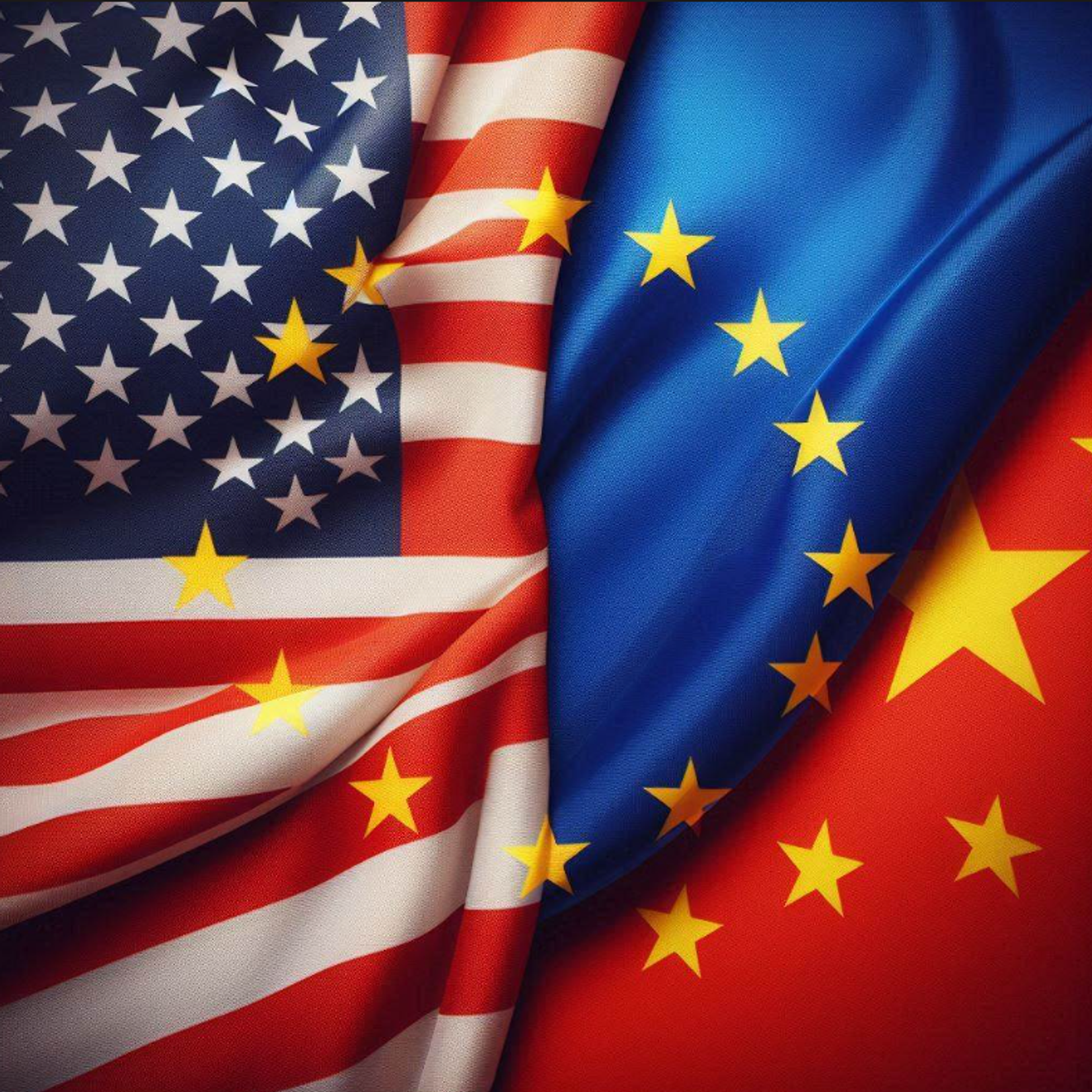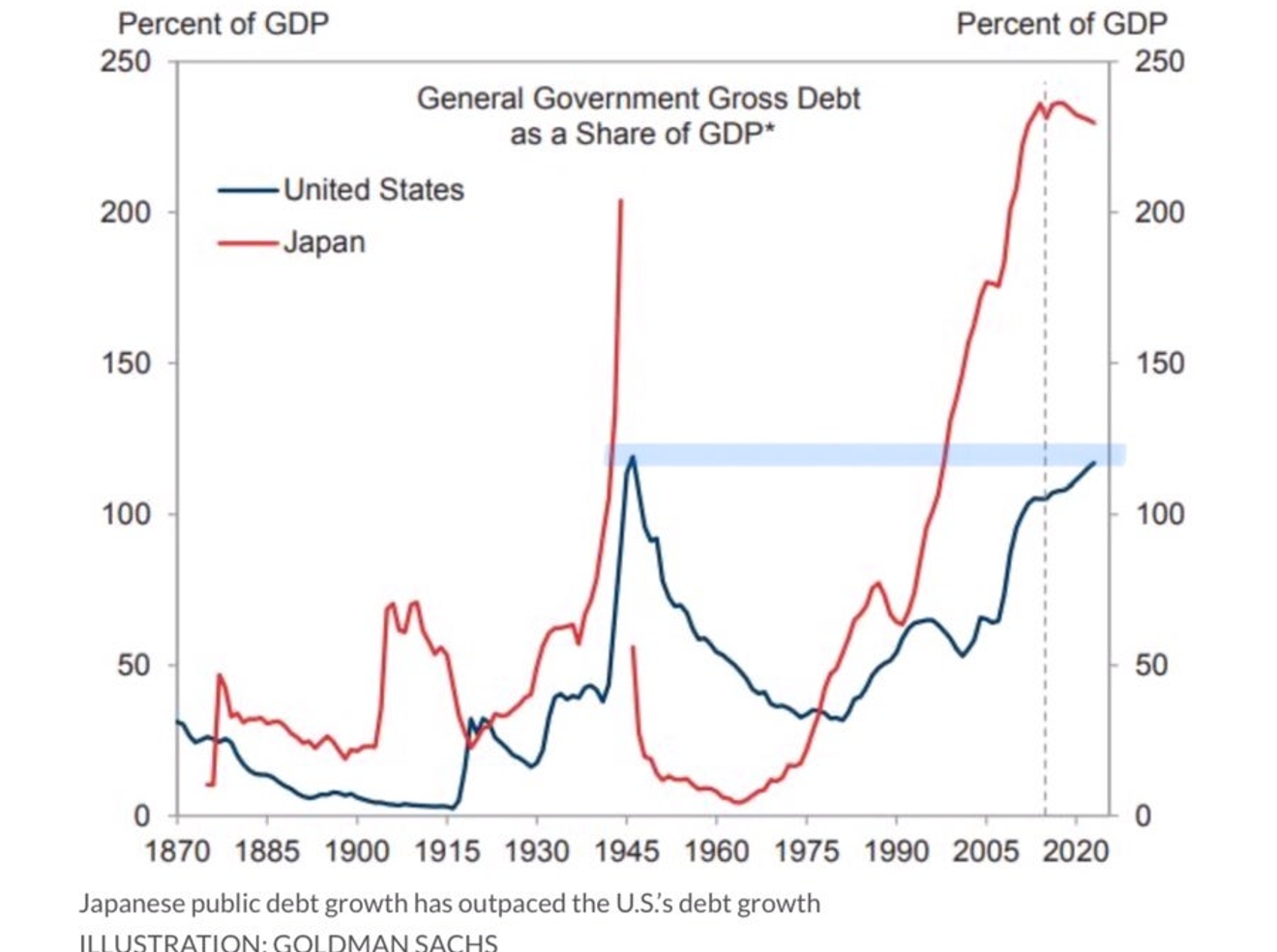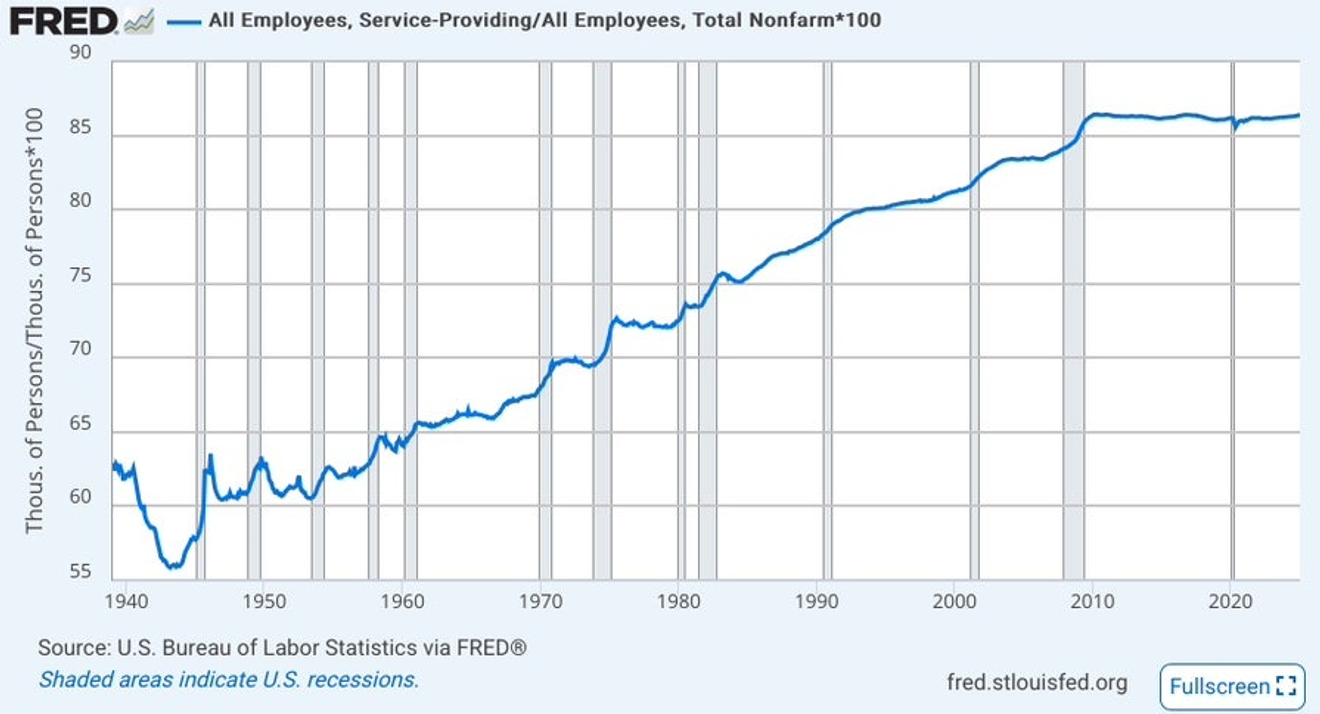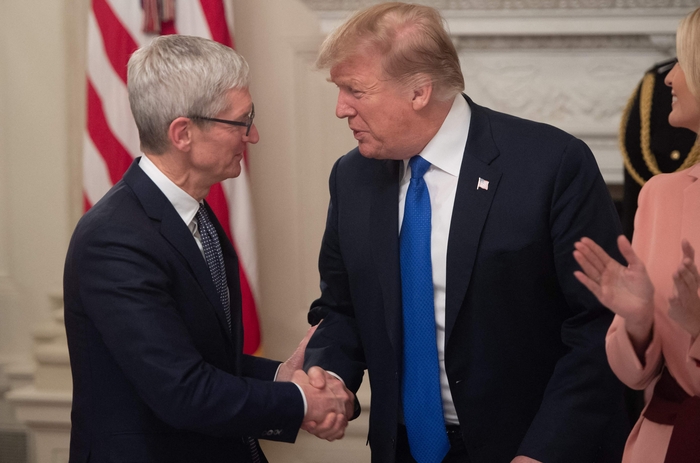- 트럼프 ‘관세폭탄’에···애플, “4년간 미국 내 5000억달러 투자”
- 도널드 트럼프 미국 대통령이 ‘관세 폭탄’을 경고하는 상황에서 애플이 미국에 5000억달러(약 714조원)를 투자하는 계획을 밝혔다. 애플은 24일(현지시간) 성명을 통해 “앞으로 4년 동안 미국에 5000억달러 이

.
News reports say that Apple, burdened by the Trump administration's tariff pressure, has decided to invest \$500 billion in the US over four years to build related research and factory facilities.
Apple is a symbolic company, a gigantic US corporation that greatly benefited from the neoliberal era by establishing production facilities overseas, including its iPhone factory in China.
From this perspective, I view this news and believe that the ‘tariff-induced trade war’ Trump is trying to start should be viewed as important not only during Trump’s term, but also from the perspective of US hegemony for the next few decades.
Discussions about ‘reshoring,’ bringing back jobs from overseas production bases of US companies, have been ongoing for over a decade, since the Obama administration.
However, simply offering incentives like subsidies or tax breaks hasn’t led to significant reshoring. Now, this is changing from ‘carrots to sticks,’ and the Trump-initiated tariff war seems to aim at ‘reshoring manufacturing jobs,’ not just increasing US tariff revenue.
After World War II, the US faced a similar situation, with a high government debt-to-GDP ratio.
But from the post-war period to around 1980, the US significantly reduced its government debt ratio from about 120% to below 50%.
This wasn’t achieved through austerity measures and budget surpluses; rather, it was achieved by ‘increasing GDP growth faster than the rate of government debt increase.’

.
Therefore, it’s necessary to consider the situation in the US between 1945 and 1980.
The graph below shows that in the early to mid-1950s, the service sector accounted for about 65% of US jobs. During World War II, it dropped to about 55%, possibly due to the operation of military facilities (manufacturing).
This continued to increase, reaching about 86% by around 2010, and has remained at that level since then.
It seems like the service sector has reached its saturation point.

Proportion of service sector in total employment (non-agricultural employment)
Looking at the period from 1950 to 1980, when the US significantly reduced its government debt ratio and experienced growth, two key features stand out: a considerably higher proportion of high-quality manufacturing jobs than today and extremely progressive tax rates (extremely high progressive tax rates to maximize consumption propensity within a limited economic scale).
Until the 1980s, ‘Made in USA’ was a mark of unparalleled quality.
Looking at this graph, Americans might want to recreate the era when the US was ‘great,’ bringing back high-quality manufacturing jobs to the US.
The increase in the proportion of service sector jobs in the US until recently is due to the exodus of manufacturing jobs to low-cost countries and the simultaneous increase in service sector jobs domestically.
To reduce the proportion of service sector jobs, the goal is not to decrease service jobs but to increase manufacturing jobs.
Even to grow the seemingly saturated US service sector, manufacturing jobs are needed. For example, for the Suwon area's service industry to thrive, manufacturing companies like Samsung Electronics in Suwon must prosper so that their employees spend money in the nearby commercial districts.
Service industries rely on money circulating within a region, but new manufacturing brings in new money, potentially boosting stagnant service sectors.
(The increase in US service sector jobs seen above might be considered a limit given the limited manufacturing base, requiring new manufacturing jobs to further grow the service sector.)
To use a StarCraft analogy, to build Pylon (manufacturing) must be built first, and while multiple Pylons can be built near a single Pylon, there’s a limit. To expand beyond that limit, more Pylons are needed.

Many believe that Trump’s indiscriminate tariffs could trigger a major global economic crisis, citing similar past precedents, and that he will eventually back down.
However, if increasing manufacturing jobs in the US beyond Trump’s term is a US strategy, things look different.
Even if high tariffs (over several tens of percent) are imposed, if this is perceived not as a temporary measure during Trump’s term but as a lasting policy (even if it leads to retaliatory tariff wars with the EU, China, etc.), exporting companies will reassess their strategies.
‘Is it better to maintain factories in our own country or other low-wage countries, or is it better to build factories in the US for US exports?’
This applies to both non-US companies and US companies with factories overseas (like Apple).
If we have to tackle a large-scale debt and bubble crisis anyway, and if imposing significant real threats can attract manufacturing jobs, it might be a worthwhile strategy for the US, considering the next few decades.
If these tariff threats escalate and are perceived as long-term, leading to the permanent relocation of manufacturing jobs to the US, even the EU, knowing the risks of repeated tariff wars with the US, might have ‘no choice’ but to engage in a tariff war.
Jobs are a crucial long-term factor for regional economies and are politically sensitive. Tariffs can change quickly, but job losses can impact regional economies for decades, making it a far more significant issue than tariffs.
If the Trump administration triggers a tariff war that forces many foreign companies to seriously consider building factories in the US, even though they know it risks a global crisis like the Great Depression, the EU and China are likely to retaliate with tariffs.
If Trump crosses a line, leaders of other countries or economic blocs with significant power might feel politically compelled to respond.
While major economic blocs outside the US like the EU and China might tolerate retaliatory measures against tariffs or export reductions if the US administration changes, they may not tolerate job losses, which have long-term economic consequences. This could be the deciding factor in whether a major global crisis occurs.

